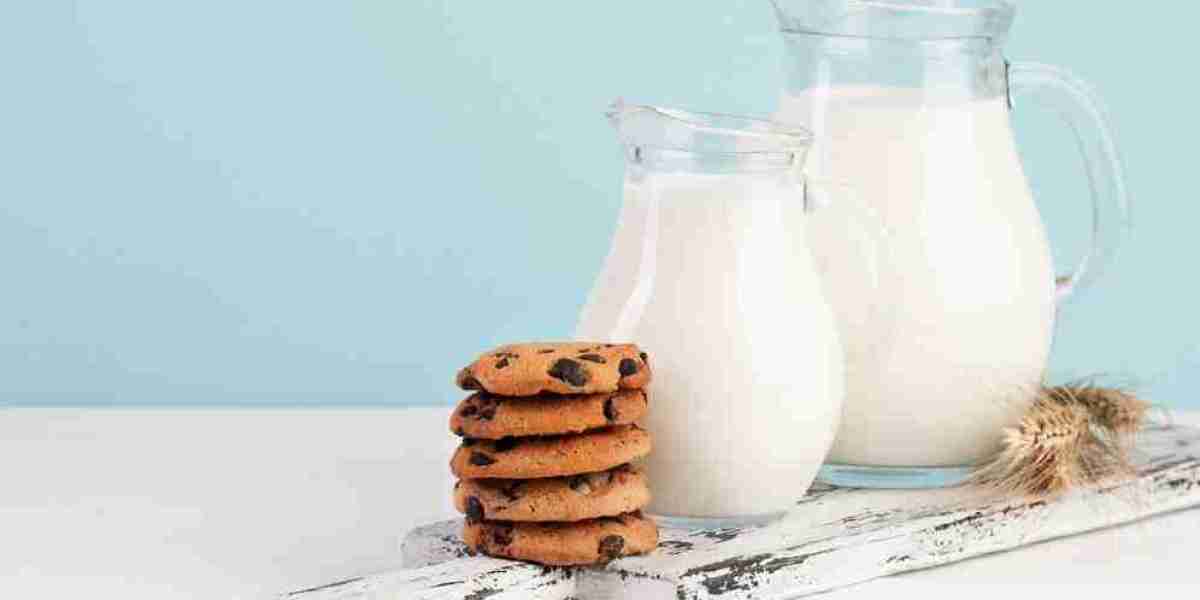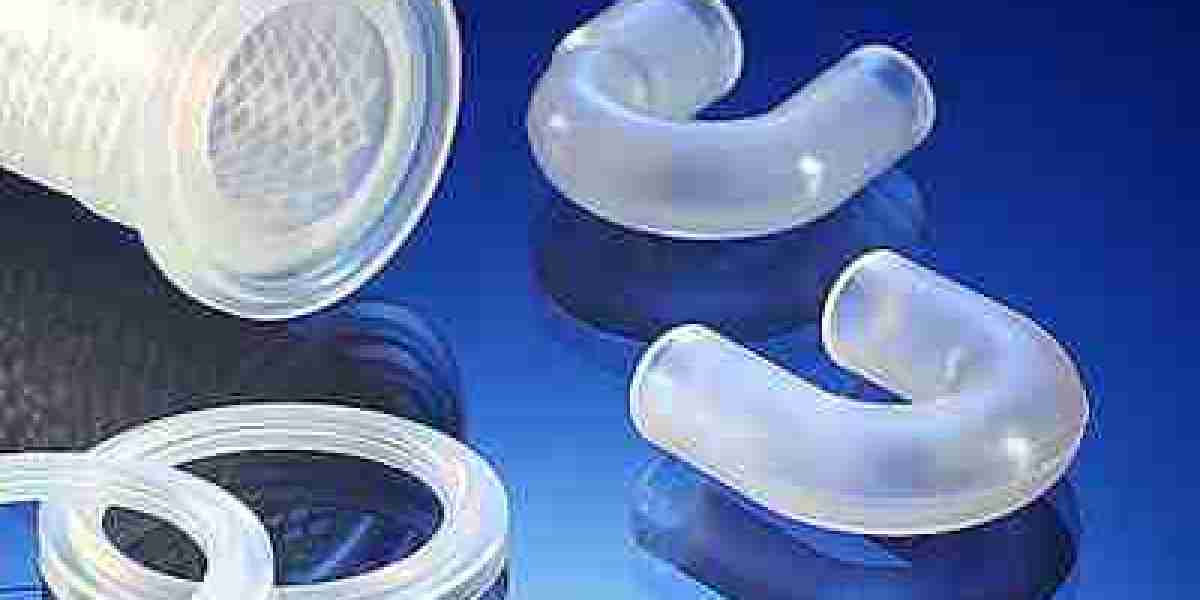The UHT (Ultra-High Temperature) dairy products market has experienced significant growth in recent years, driven by the increasing demand for long shelf-life dairy products, consumer convenience, and product innovation. However, the sustainability of UHT dairy products has become an area of intense focus as both consumers and manufacturers seek to reduce the environmental impact of production processes and packaging. This article explores the growing importance of sustainability within the UHT dairy industry and how various initiatives are shaping the future of the market.
1. Sustainable Production Processes
Sustainability in the UHT dairy products market starts at the production level. Energy-efficient processing plays a crucial role in minimizing the environmental impact of dairy production. Traditional UHT processing is energy-intensive, requiring the milk to be heated to very high temperatures for a short period. However, the adoption of energy-saving technologies and heat recovery systems is helping to reduce the overall energy consumption in UHT production.
Moreover, microfiltration and nano-filtration technologies are being increasingly used in the industry to reduce energy consumption and the need for excessive heat during the UHT process. These filtration methods eliminate bacteria and microorganisms from milk before processing, allowing manufacturers to use lower temperatures and, as a result, save energy and reduce their carbon footprint.
2. Sustainable Packaging Solutions
Packaging is another area where sustainability is becoming increasingly important in the UHT dairy products market. The use of traditional plastic packaging has been a key environmental concern for dairy manufacturers. To mitigate this, companies are shifting towards eco-friendly packaging options. Recyclable materials, such as paper-based cartons and biodegradable plastics, are being used to minimize waste and reduce the environmental footprint of UHT dairy products.
Additionally, some manufacturers are investing in lightweight packaging designs that not only reduce material use but also lower transportation costs and reduce carbon emissions associated with distribution. Sustainable packaging solutions help brands appeal to environmentally conscious consumers who are actively seeking products that align with their sustainability values.
3. Plant-Based UHT Dairy Alternatives
The rise in demand for plant-based alternatives is another sustainability-driven trend in the UHT dairy products market. Plant-based milks, such as almond, soy, and oat milk, have gained popularity due to their perceived environmental benefits, as plant-based dairy alternatives require fewer resources, such as water and land, than traditional animal-based dairy.
Many UHT dairy producers are capitalizing on this trend by offering UHT plant-based dairy products to cater to consumers looking for lactose-free, vegan, or environmentally sustainable alternatives. Plant-based UHT milk products offer the same long shelf life and convenience as traditional UHT dairy, making them an attractive option for environmentally-conscious consumers.
4. Reducing Water Usage and Waste
Water is a crucial resource in dairy production, but excessive water usage is a growing concern from a sustainability standpoint. UHT dairy manufacturers are working to reduce water consumption by implementing closed-loop systems that recycle water used in production processes. These systems reduce the overall need for freshwater, ensuring that dairy production has less of an impact on local water supplies.
Additionally, manufacturers are focusing on reducing waste generation during production. By using lean manufacturing practices and improving supply chain efficiency, UHT dairy companies are reducing the amount of waste produced during production. This waste reduction not only benefits the environment but also contributes to cost savings for producers.
5. Carbon Footprint Reduction
Another important sustainability measure being adopted by UHT dairy producers is the reduction of carbon emissions. The dairy industry has long been associated with high levels of greenhouse gas emissions, especially due to the livestock production involved in traditional dairy farming. To combat this, UHT dairy manufacturers are embracing sustainable farming practices such as regenerative agriculture, which aims to improve soil health, increase biodiversity, and reduce emissions.
Moreover, many UHT dairy companies are setting ambitious carbon neutrality goals, focusing on reducing their carbon footprint through better energy management, renewable energy adoption, and investing in carbon offset programs.
6. Transparency and Sustainability Certifications
Consumers are becoming increasingly aware of the environmental impact of the products they buy and are actively seeking out brands that prioritize sustainability. To meet this demand, many UHT dairy producers are obtaining sustainability certifications such as Fair Trade, Rainforest Alliance, and Carbon Trust Certification to demonstrate their commitment to sustainable practices.
These certifications provide transparency to consumers, helping them make more informed purchasing decisions. By showcasing sustainability credentials, UHT dairy brands can build trust with their consumers and differentiate themselves in a competitive market.
7. Future Outlook for Sustainability in UHT Dairy
As sustainability continues to be a priority for consumers, manufacturers, and regulators alike, the UHT dairy products market is expected to see further adoption of green technologies and sustainable practices. Innovations such as biodegradable packaging, green energy use, and sustainable farming methods will play a significant role in shaping the future of the market.
With the rise of eco-conscious consumers, the UHT dairy industry has an opportunity to drive market growth by aligning with sustainability trends. By adopting responsible practices across the supply chain, the industry can ensure long-term sustainability, benefiting both the planet and the bottom line.
Conclusion
Sustainability is no longer a niche trend but an essential component of the UHT dairy products market. Through energy-efficient production processes, sustainable packaging solutions, plant-based alternatives, and carbon footprint reduction, the industry is striving to minimize its environmental impact while meeting the growing demand for UHT dairy products. As sustainability continues to shape the market, UHT dairy manufacturers who prioritize environmental responsibility will be well-positioned for success in the coming years.



